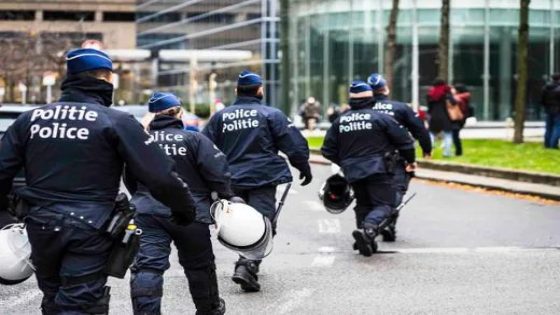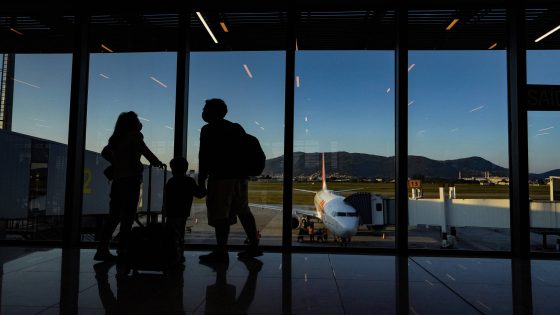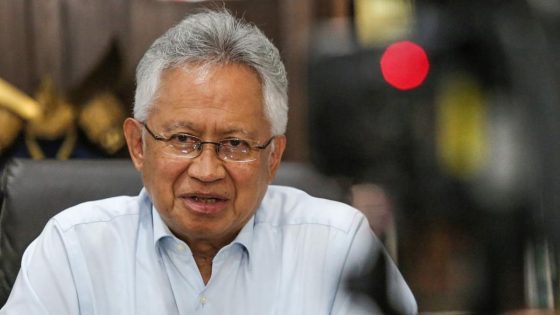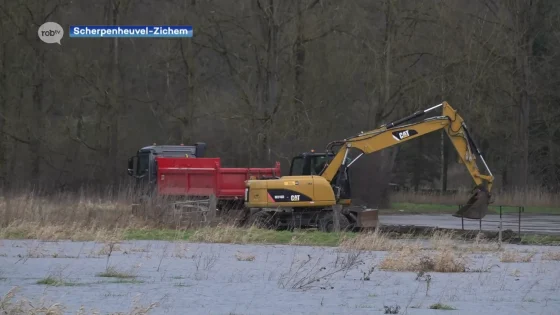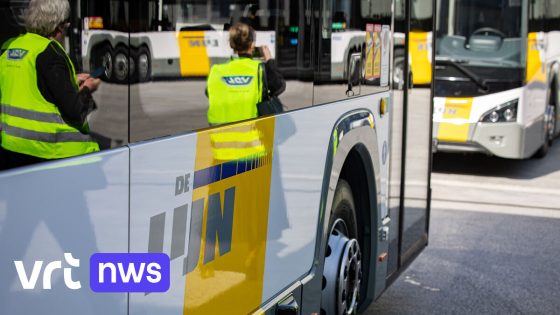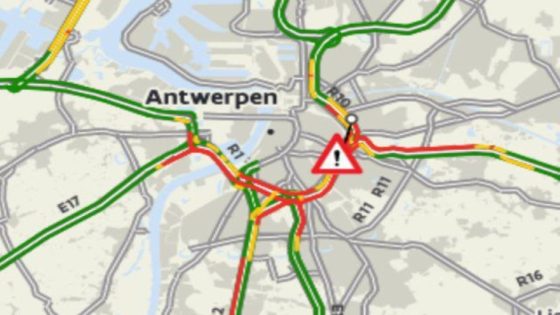On February 1, 2025, Belgium‘s government announced a significant plan to merge the six police zones in Brussels. This move aims to streamline security efforts amid rising crime and safety concerns. But how will this impact residents and visitors alike?
- Merger of six police zones in Brussels
- Bilingual services in hospitals mandated
- National safety plan for train stations
- Zero tolerance for drugs in stations
- Reduction of asylum seeker intake proposed
- Increased funding for federal police operations
Brussels Police Merger: A Step Towards Enhanced Safety Measures
The recent decision to merge Brussels’ police zones raises an important question: can a unified force tackle the city’s complex security challenges more effectively? With increasing reports of crime, this merger aims to provide a cohesive strategy for law enforcement.
Bilingual Healthcare Services: Ensuring Accessibility for All Residents
The Belgian government is also focusing on healthcare accessibility by enforcing bilingual services in hospitals. This initiative addresses the needs of Dutch-speaking patients who often struggle to receive care in their native language.
Key Features of the New Bilingual Healthcare Initiative
This bilingual healthcare initiative seeks to ensure that all patients receive proper treatment without language barriers. Here are its main features:
- Implementation of bilingual staff across hospitals.
- Legal enforcement of language rights for patients.
- Training programs for medical professionals on cultural sensitivity.
- A focus on maintaining continuity of care throughout treatment processes.
Tackling Drug Issues: A Zero-Tolerance Policy Around Stations
The government plans a stringent zero-tolerance policy against drugs near train stations, particularly at Brussels-Zuid. This approach aims to enhance safety for commuters and tourists alike while combating organized crime linked to drug trafficking.
This initiative will involve:
- Increased police presence at key transit points.
- Collaboration with local authorities to monitor suspicious activities.
- Utilization of surveillance technology for better oversight.



